Quick Airline Information:
✈Airline IATA* code: VN
✈Airline ICAO* code: HVN ✈Founded: 15 January 1956 ✈Website: www.vietnamairlines.com✈Alliance: Sky Team✈History
✈Operations and Destinations 🌍
✈Fleet ✈️
✈Photo Slide 📷✈Safety Video 🎬
✈Airline reviews ⭐
*IATA: (International Air Transport Association)
*ICAO: (International Civil Aviation Organization)
History Menu:
Vietnam Airlines has its origins in January 1956, when it was established by the North Vietnamese government under the name Vietnam Civil Aviation following the nationalization of Gia Lam Airport. The airline was created as part of the air force for civilian purposes with support from both the Soviet Union and China; initially, its fleet consisted of two Lisunov Li-2s that were later replaced by two Ilyushin Il-14 and three Aero Ae-45s.
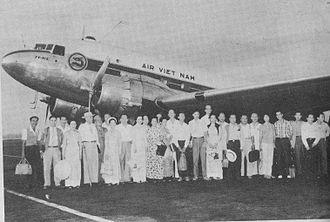
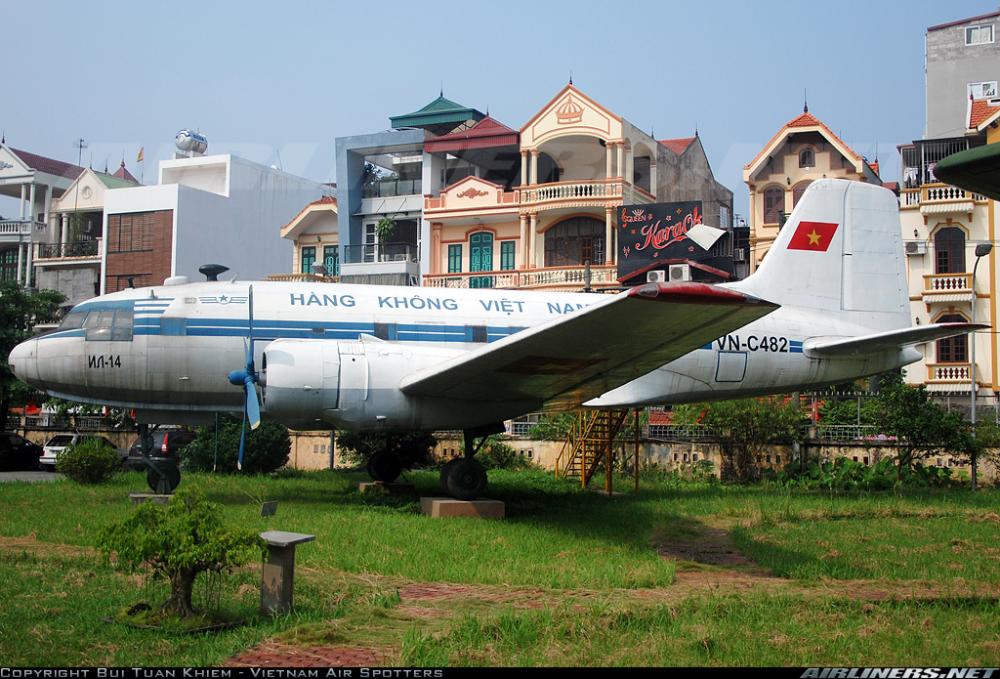
The airline's development and expansion was seriously damaged by the Vietnam War (1954–1975). Following the war, its first international destination was Beijing, followed by Vientiane in 1976. During that year, the airline was known as General Department of Civil Aviation in Vietnam. In 1978, another important destination of Vietnam Airlines was added, with flights offered to Bangkok. The late 1980s and early 1990s saw the expansion of the network to Hong Kong, Kuala Lumpur, Manila and Singapore.
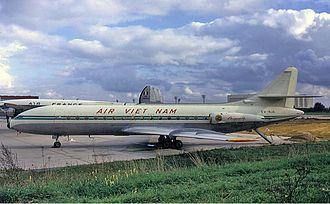
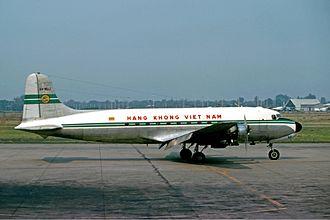
.jpg)
In 1990, the company initiated discussions regarding the incorporation of Western built aircraft into the fleet. Which was still banned, being one of the consequences after the war. However, the carrier had to cancel the acquisition of two Airbus A310s due to their use of US-manufactured engines. By July 1991, Vietnam Airlines organized a similar but more complicated deal with TEA Basle, who spent the rest of 1991 negotiating a deal with US authorities. Eventually, a solution stating that "[the Boeing 737] must be positioned outside Vietnam, with no logo or lettering of Vietnam Airlines. On these conditions, it could operate on behalf of Vietnam Airlines".
In December 1991, Cathay Pacific and Vietnam Airlines agreed on a 50–50 joint venture to operate between Hong Kong and Vietnam, as the airline's Tupolev Tu134 fleet did not meet Kai Tak Airport's noise restrictions. In October 1992, the Boeing 737 was supplemented with an Airbus A310. However, with repair issues after the aircraft sustained an engine failure it led Vietnam Airlines to switch from Airbus to Boeing. Hence, a Boeing 767-200ER, leased from Ansett Worldwide Aviation Services (AWAS), arrived in January 1993, and a Royal Brunei Airlines Boeing 767-300ER, arrived the following year.
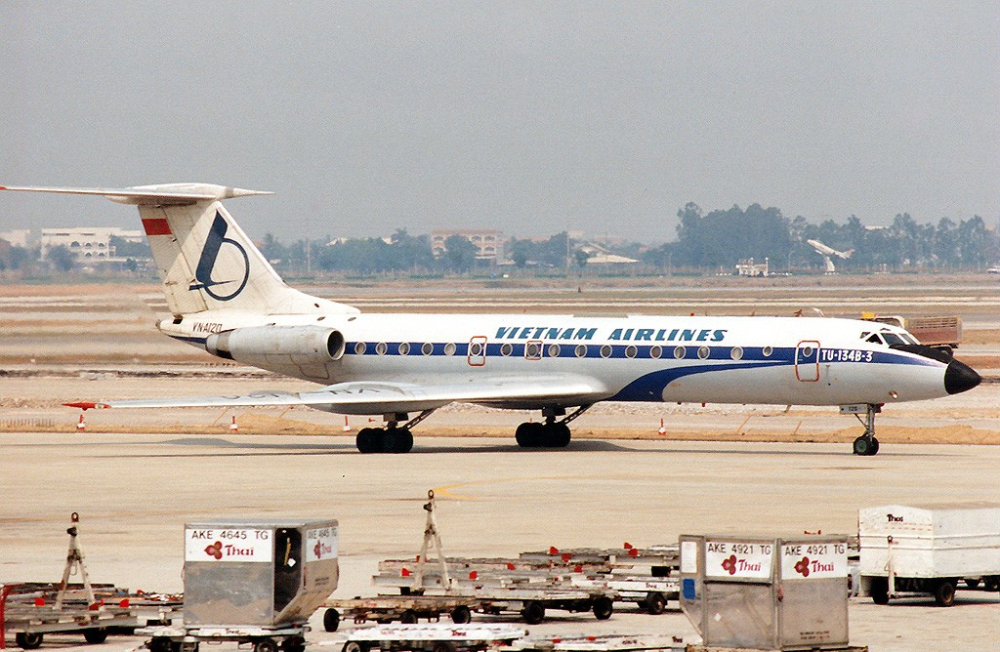
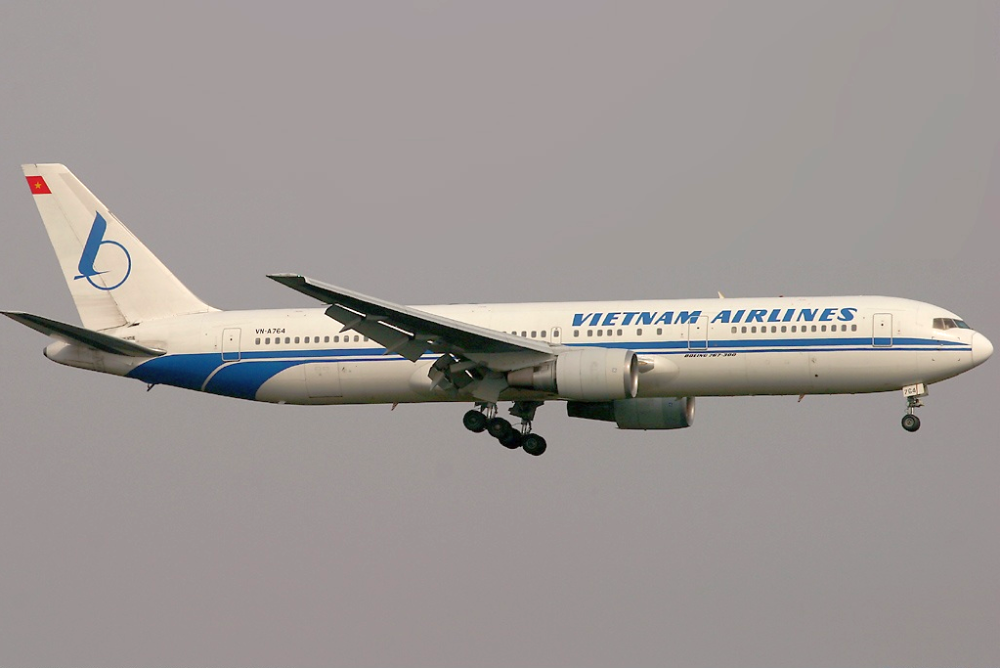
In October 1993, the first Airbus A320-200 was incorporated over a two-year wet-lease contract with Air France. Vietnam Airlines by now had started discussions with Air France about a partnership, and the French carrier agreed to lease its Airbuses to Vietnam Airlines, and also to provide customer support and pilot/crew training. By that time the route network had further expanded internationally, seeing the incorporation of destinations such as Paris, Tokyo, Seoul, Taipei, Sydney, and Melbourne.
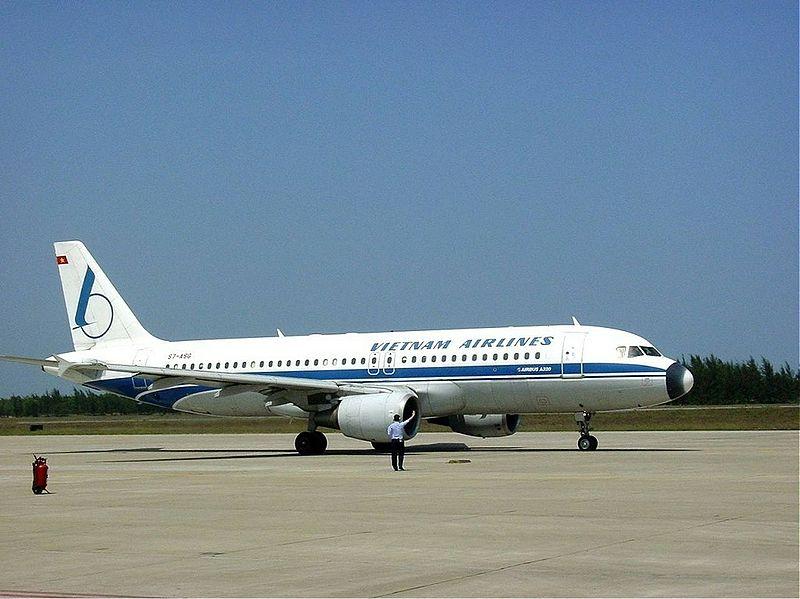
The airline became the flag carrier of Vietnam in 1993, after having completed a restructuring programme that was started four years earlier. In that year, the airline split from the Civil Aviation Administration of Vietnam (CAAV) and became a state enterprise. In February 1994, US President Bill Clinton lifted the trade embargo to allow Vietnam Airlines the ability to acquire Western-built aircraft. Consequently, Vietnam Airlines announced in April of the same year that it would be phasing out its inefficient Soviet planes. By April 1995, the fleet consisted of nine Airbus A320s (all of them leased from Air France), 11 Antonov An-24s, four ATR72s, two Boeing 707-300s, three Ilyushin Il-18s, nine Tupolev Tu-134s and three Yakovlev Yak-40s.
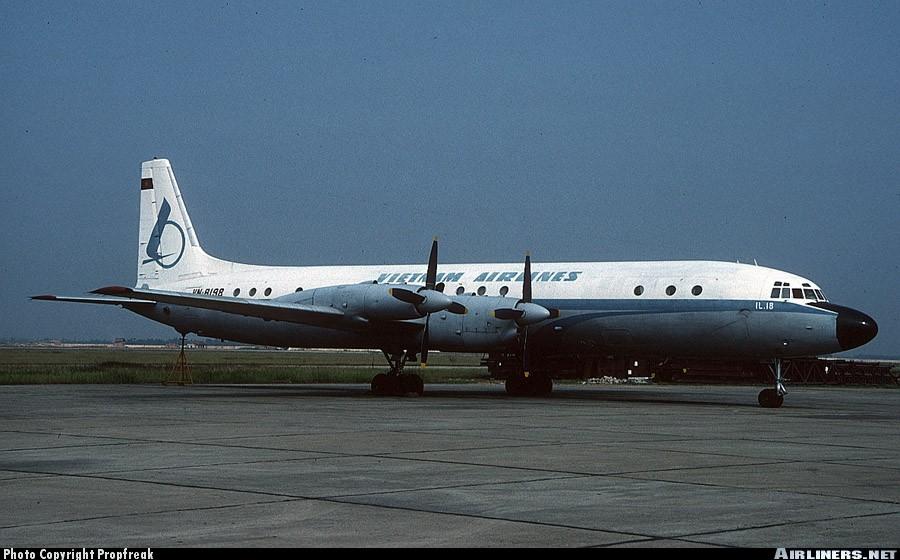
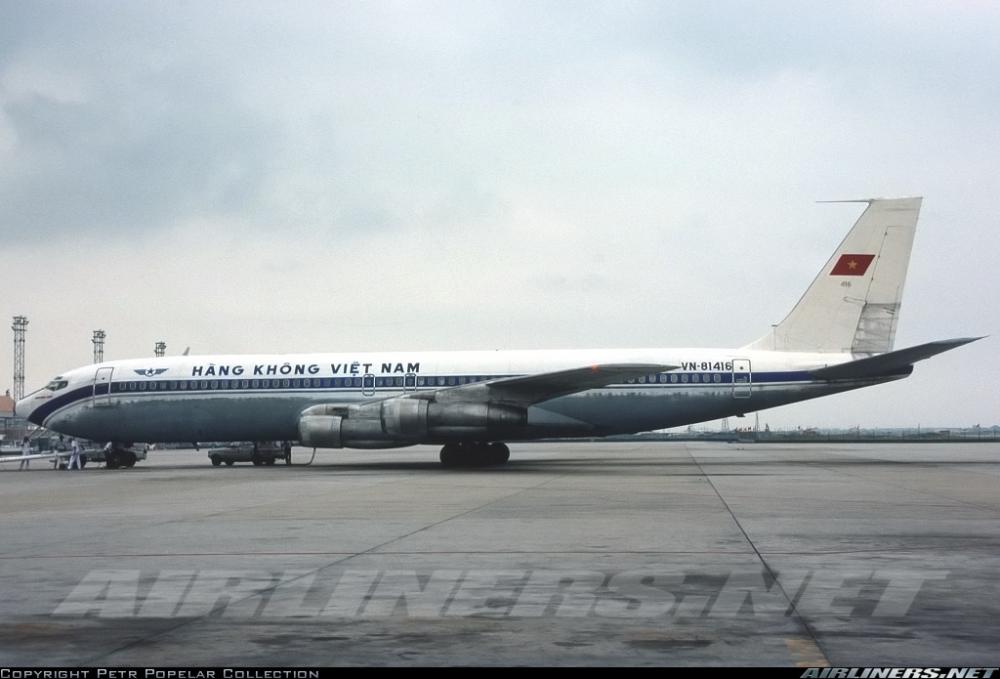
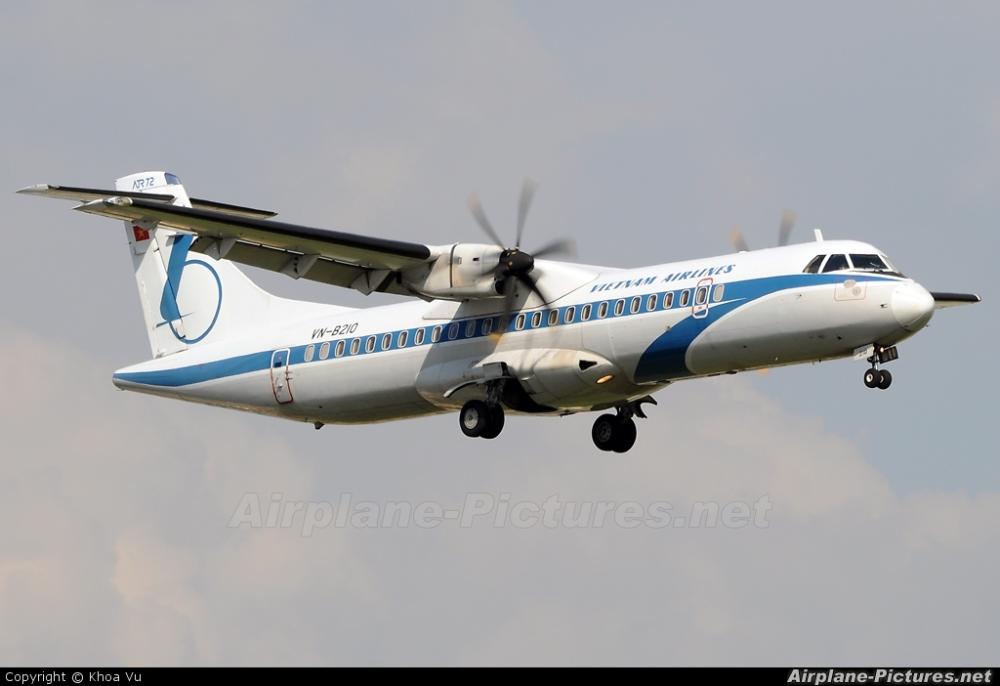
On 27 May 1995, the airline, along with a number of other aviation-related businesses, were incorporated to establish Vietnam Airlines Corporation. Two Fokker 70s were purchased in mid-1995, they were aimed at partly replacing the Tu134 fleet on domestic routes. In December 1995, discussions with GECAS for the lease of three additional, secondhand Boeing 767-300ERs were under way; these ex-Continental Airlines aircraft would act as a replacement for the previous operated Boeing 767's. In September 1996, Vietnam Airlines started offering business class services and in 1999, the airline launched its frequent-flyer program, Golden Lotus Plus. In February 1996, GECAS delivered the first of three Boeing 767-300ER to the carrier, on dry-lease for five years. In 2001, the first Airbus A321 joined the airline, making for the replacement of older types and leased A320.
.jpg)
A new revised livery was introduced in early 1998, initially unveiled on a Boeing 767. In December 2001, Vietnam Airlines signed a historic agreement with Boeing for the acquisition of its first ever US-built aircraft, four B777-200ER, signalling the start of trade under the Bilateral Trade Agreement between the two countries. During 2002, Vietnam Airlines considered a lease offer from Airbus for two Airbus A340-300s although it never materialised. On 4 September 2003, a landmark ceremony celebrated the airline's receipt of its first Boeing 777-200ER purchased outright from Boeing.In October 2002, the airline introduced the current golden lotus identity to coincide with the delivery of the Boeing 777.
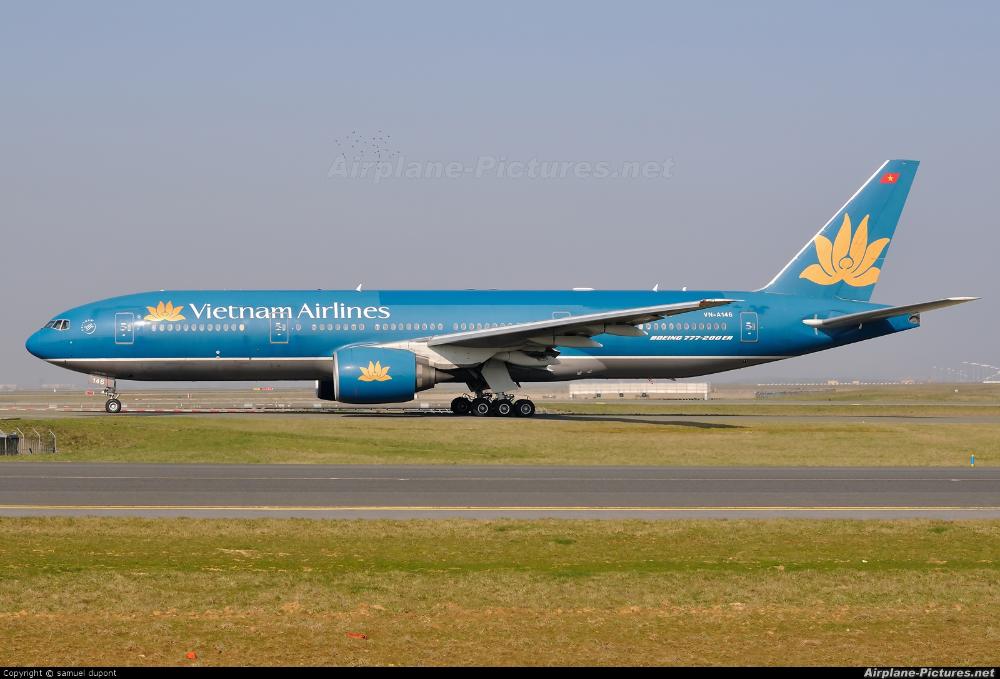
In June 2005, Vietnam Airlines ordered four Boeing 787-8s. Twelve additional 787-8s were ordered in late 2007, some of them to be directly acquired from the company. These new aircraft were to allow Vietnam Airlines to expand its network and replace some leased aircraft. In 2010 the airline switched its Boeing 787 order from the –8 to the –9 model, stating that 787-8s did not meet all the requirements Boeing initially promised; it is expected the airline will receive its first aircraft of the type in 2015. On 20 June 2005, the airline launched direct services to Frankfurt after having discontinued services to Berlin. On 1 October 2007, the airline and VALC signed a memorandum of understanding for the purchase of ten Airbus A350 XWBs, and 20 additional Airbus A321s. It was also in 2007, that the airline received its first A330, until the newer equipment arrived. The Airbus A350s will supplement the Boeing 787s already ordered by the airline. The two companies also ordered five extra ATR 72-500s in December 2007. In August 2008, Vietnam Airlines added Nagoya, the airline's fourth point served in Japan besides Fukuoka, Osaka and Tokyo, to the route network.
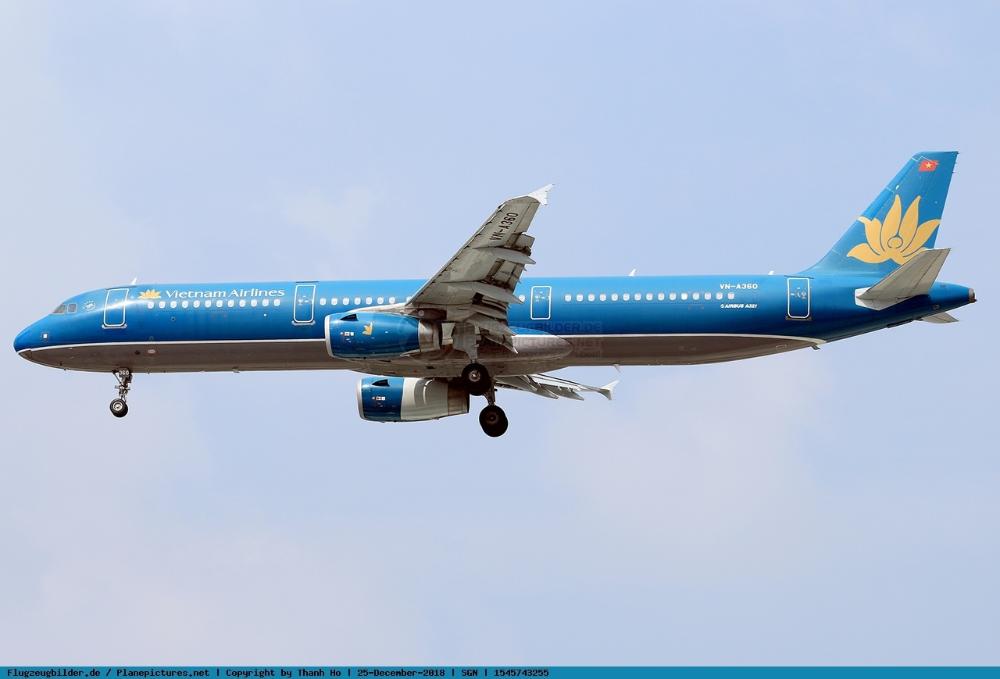
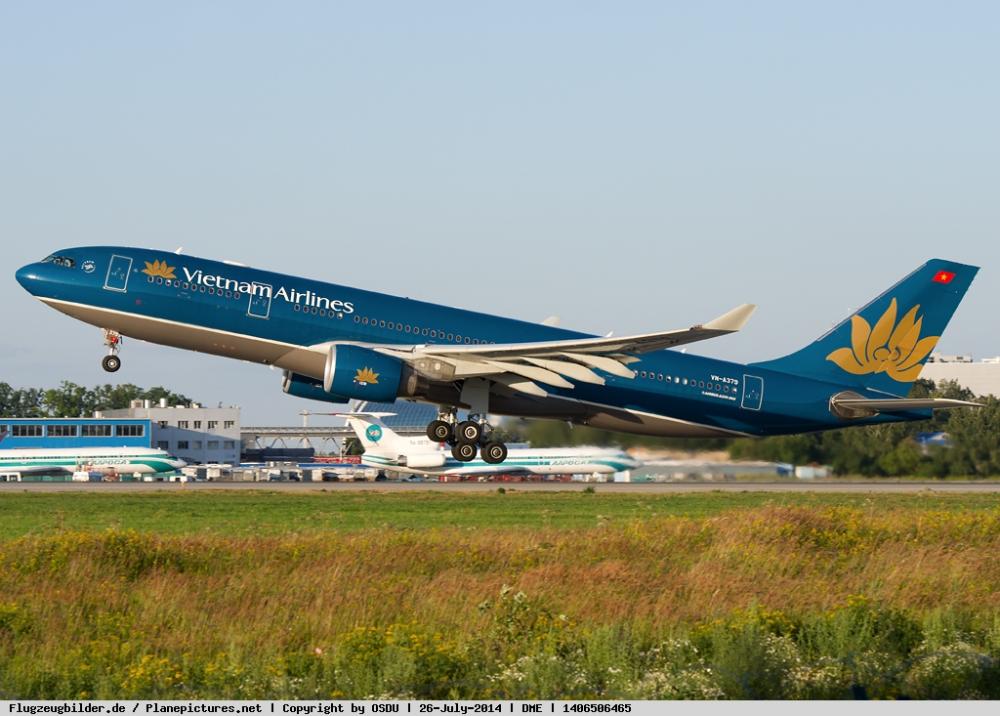
In 2009, Vietnam Airlines and the Government of Cambodia established a joint venture, having 49% and 51% stockholding, respectively, with the goal of boosting tourism in Cambodia. The joint-venture was a new Cambodian national airline named Cambodia Angkor Air, which started flying in July the same year, using ATR-72 aircraft, and Airbus A321. Also in 2009, the carrier signed a deal for another 16 Airbus A321s plus two Airbus A350s, during the Paris Air Show. Vietnam Airlines joined SkyTeam on 10 June 2010. In February 2012, Vietnam Airlines boosted its stake in the low-cost carrier Jetstar Pacific Airlines to 70%, with Qantas holding the balance.
In late April 2012, the aircraft lessor ALC announced the placement of an order for eight Boeing 787-9s, which will be leased to Vietnam Airlines; deliveries are expected to start in 2017. In July 2014, a new route to Tokyo-Haneda from Hanoi was introduced. Vietnam Airlines received its first Airbus A350-900 in late June 2015, becoming the second operator of the type worldwide after Qatar Airways. In August 2015, the airline's first Boeing 787-9 entered the fleet. London operations were transferred from Gatwick to Heathrow in 2015; the airline operates its new Boeing 787-9 aircraft to London.
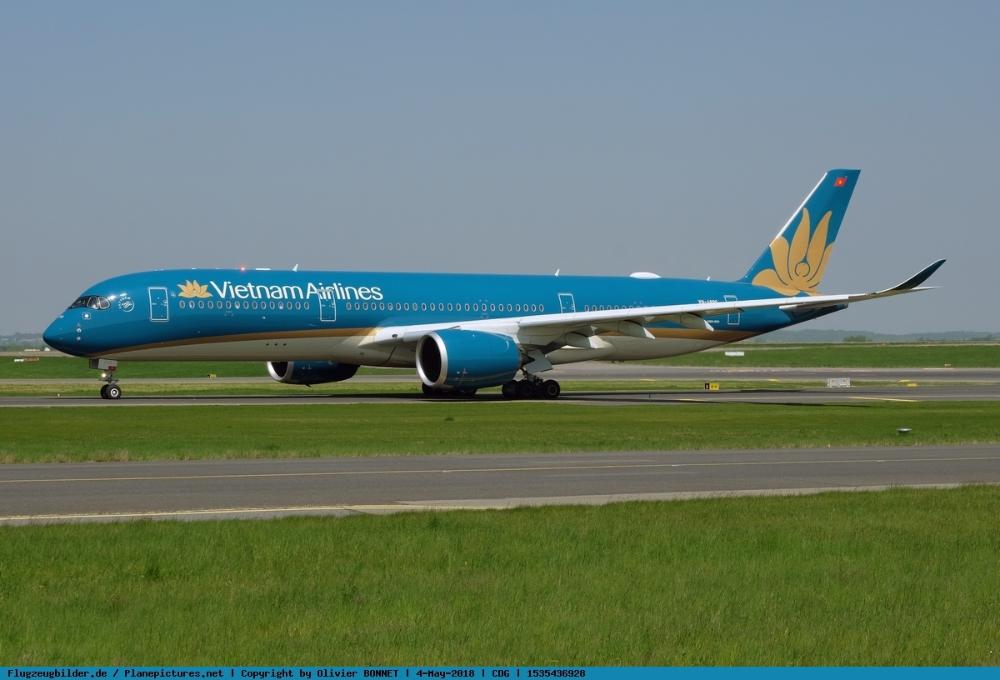
.jpg)
In November 2018, the carrier took ownership of its first Airbus A321neo. Vietnam Airlines is aiming to become the second-largest full-service carrier in Southeast Asia. The airline is interested in launching services to the United States, where more than 1.2 million Vietnamese reside. While the airline had launched flights to London-Gatwick, Beijing and Shanghai, as of April 2018, it also plans to re-open flights to Berlin, and commence flights to Adelaide, Perth, Amsterdam, Milan, Prague, Mandalay, Dalian, Nanjing, Hangzhou and African cities.
A new type joined the Vietnam Airlines fleet in the Summer of 2019, as the biggest member of the Dreamliner family, the Boeing 787-10 helped the airline increase seating capacity on its most popular routes and opened up new ones, potentially to the USA, as the airline is planning.
Following a comprehensive restructuring programme, by 2020 the airline group will consist of Vietnam Airlines itself, as well as three carriers; in total, the corporation will comprise 26 independently audited companies.
Source: Wikipedia.org / Vietnam Airlines
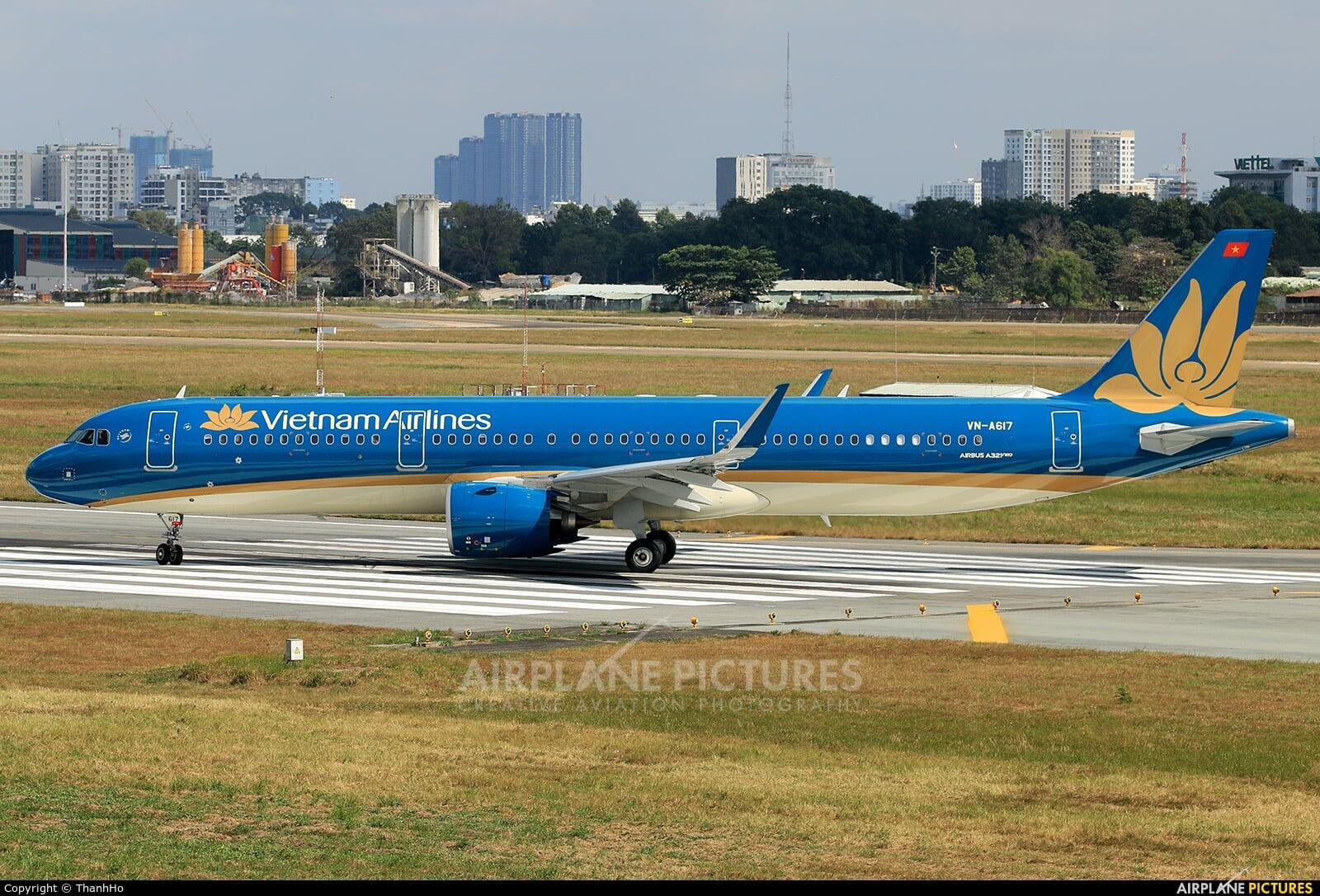
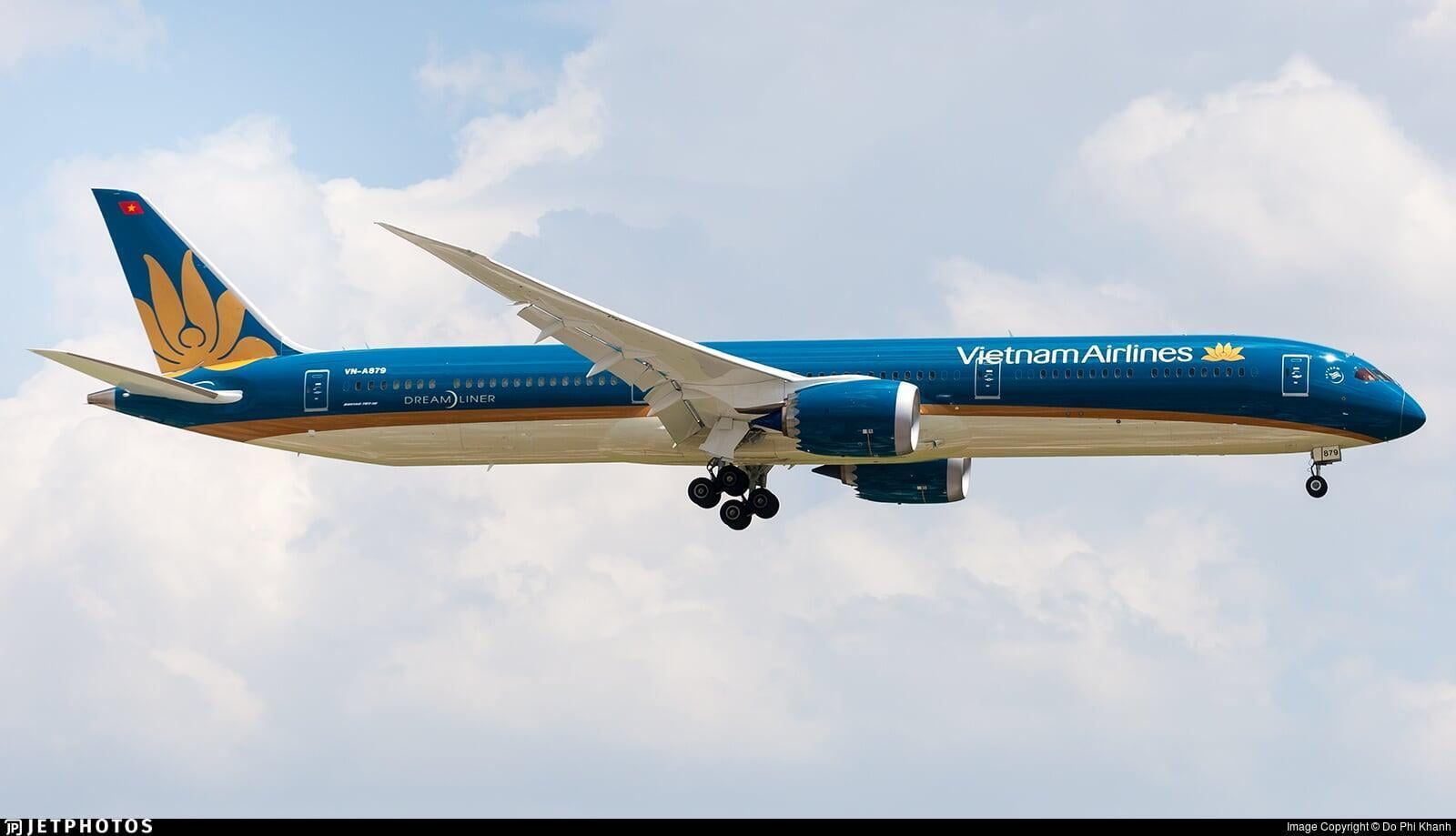
Operations and Destinations 🌍:
Vietnam Airlines has a good network within East Asia and Southeast Asia, flying as far as Europe and Oceania. The airline flies to 21 destinations domestically, and to 43 internationally. Its network extends to 26 countries and territories.In 2006, Vietnam Airlines joined the International Air Transport Association (IATA) as an official member.
Vietnam Airlines has two major bases where it flies most of it's flights, Hanoi and Ho Chi Minh City equally act as major bases where the airline flies to it's international destinations. Some of its destinations are flown on alternative days to offer more choice to the traveller visiting Vietnam. This gives more flexibility and ease of connections spread into two hubs.
Vietnam Airlines, flies to the following destinations*:
| Region 🗺️ | Destinations 🌍🌎🌏 |
|---|---|
| ✈Vietnam (Domestic) | Buôn Ma Thuột, Cà Mau, Cần Thơ, Chu Lai, Côn Đảo, Đà Lạt, Da Nang, Điện Biên Phủ, Đồng Hới, Ha Long, Hai Phong, Hanoi, Ho Chi Minh City, Huế, Nha Trang, Phú Quốc, Pleiku, Qui Nhơn, Rạch Giá, Thanh Hóa, Tuy Hòa, Vinh |
| ✈China | Beijing, Changzhou, Chengdu, Chongqing, Dalian, Guangzhou, Guiyang, Hangzhou, Hohhot, Hong Kong, Kunming, Lanzhou, Macau, Nanjing, Nanning, Ningbo, Shanghai, Shenyang, Shijiazhuang, Taiyuan, Wenzhou, Wuhan, Wuxi, Xi'an, Zhengzhou |
| ✈Asia (excluding China) | Bangkok, Busan, Fukuoka, Ibaraki, Jakarta, Kaohsiung, Kuala Lumpur, Luang Prabang, Muan, Nagoya, Osaka, Phnom Penh, Seoul, Siem Reap, Singapore, Taipei, Tokyo, Tokyo, Vientiane, Yangon |
| ✈ Europe and Russia | Frankfurt, London (LHR), Moscow, Paris |
| ✈Australia | Melbourne, Port Hedland, Sydney |
*Destination list is for reference only. Please check directly with the airline for updates.
*Note some destinations are only seasonal.*Correct info as of Oct 2019.
Fleet ✈️:
Vietnam Airlines operates one of the most advanced and modern fleets of any Asian airline now a days. It has a modern up to date product and all it's aircraft are delivered new to the airline. It prides itself to have one of the youngest fleets in the Asian continent. It combines both Airbus and Boeing aircraft in its operations for long haul flights and the Airbus A321 for all its short and medium haul destinations.
Vietnam Airlines currently flies the following aircraft in its fleet*:
| Network 🌐 | Aircraft ✈️ |
|---|---|
| ✈Short and Medium Haul | ATR-72 (domestic only), Airbus A321, A321 Neo. |
| ✈Long Haul | Airbus A350-900, Boeing 787-9, 787-10 |
*Correct fleet info as of Oct 2019.
Vietnam Airlines Photo Slide 📷:
Vietnam Airlines Safety Video (B787-9) 🎬:
Reviews ⭐:
 |  |
|---|---|
| ✅Modern Aircraft flown | 👎 No routes to America (in negotiation to open) |
| ✅ Competitive Fares in the Asia/Pacific region | 👎Limited routes to Europe |
| ✅ Free Online Check-in and seat selection | |
| ✅Luggage and meals included on all flights | |
| ✅Member of Sky Team Alliance for Millage redemption | |
| ✅Good customer service and crew |










.png)